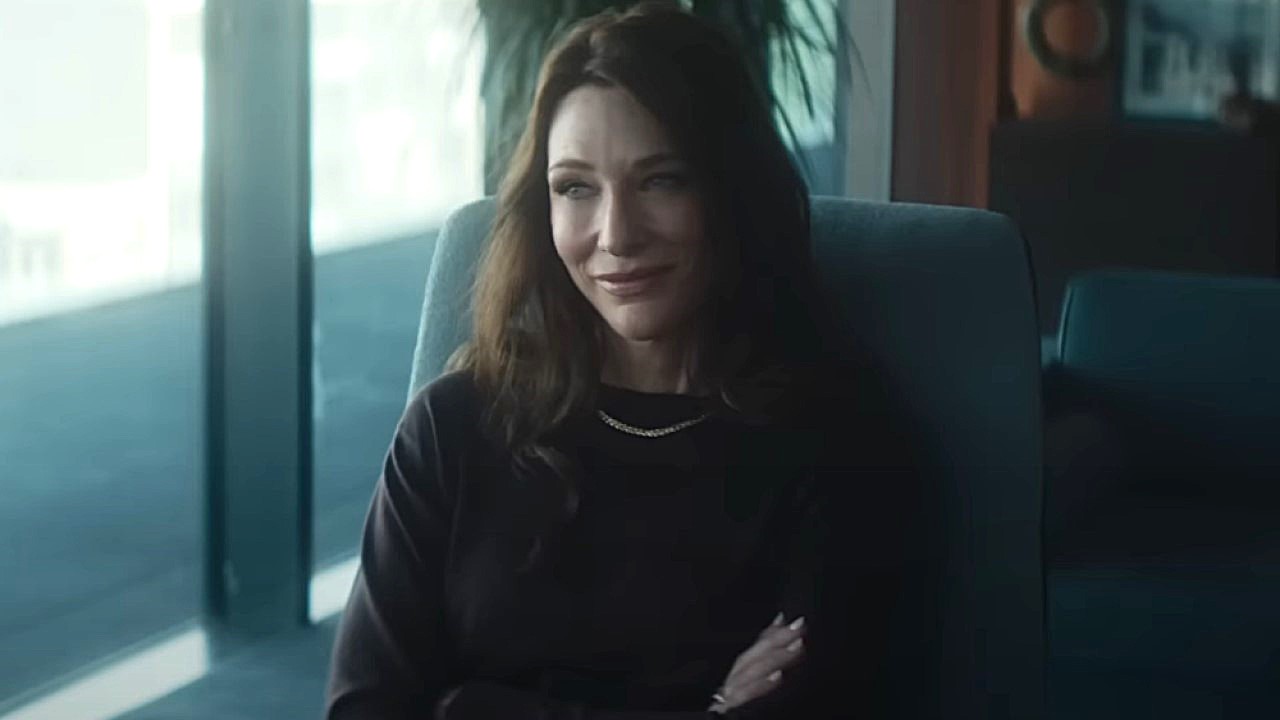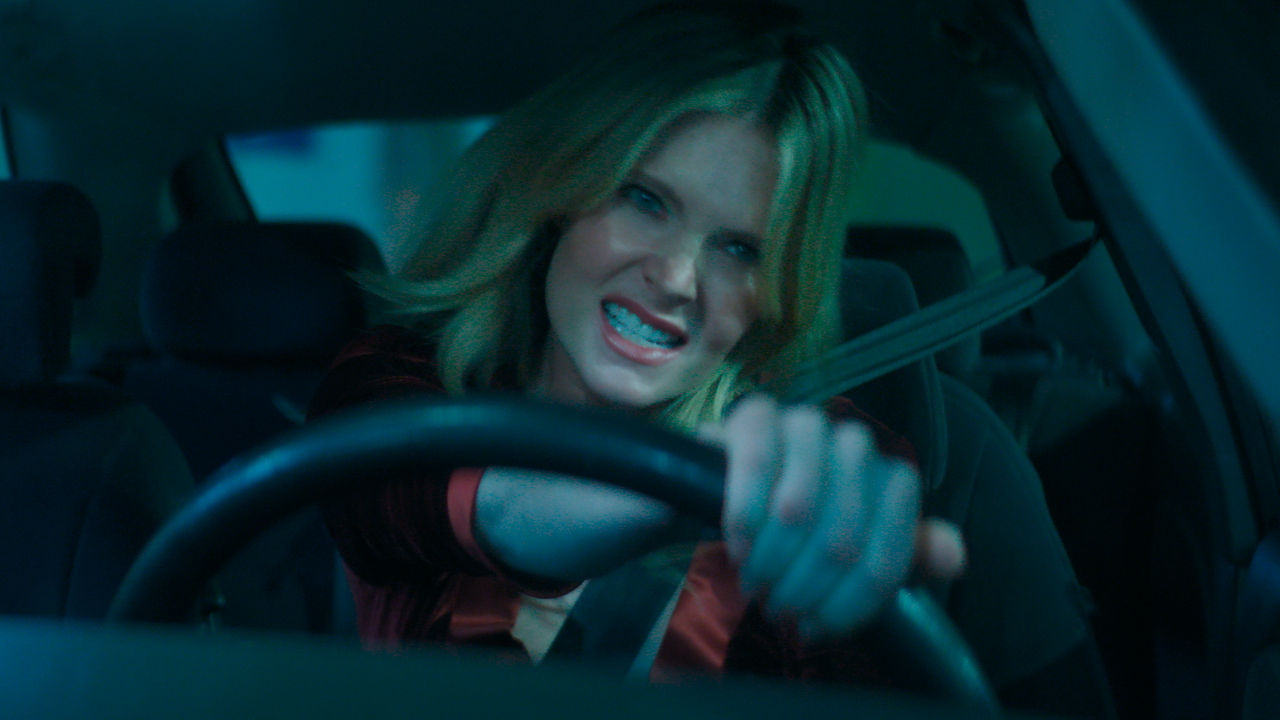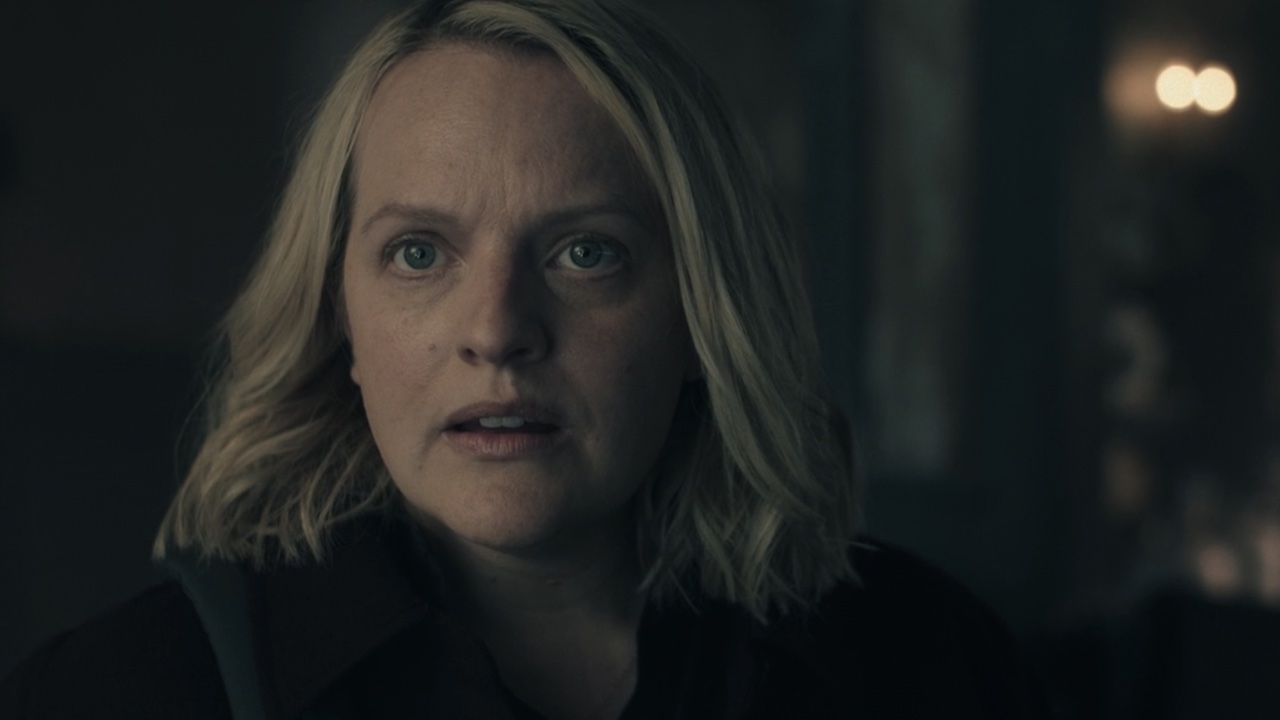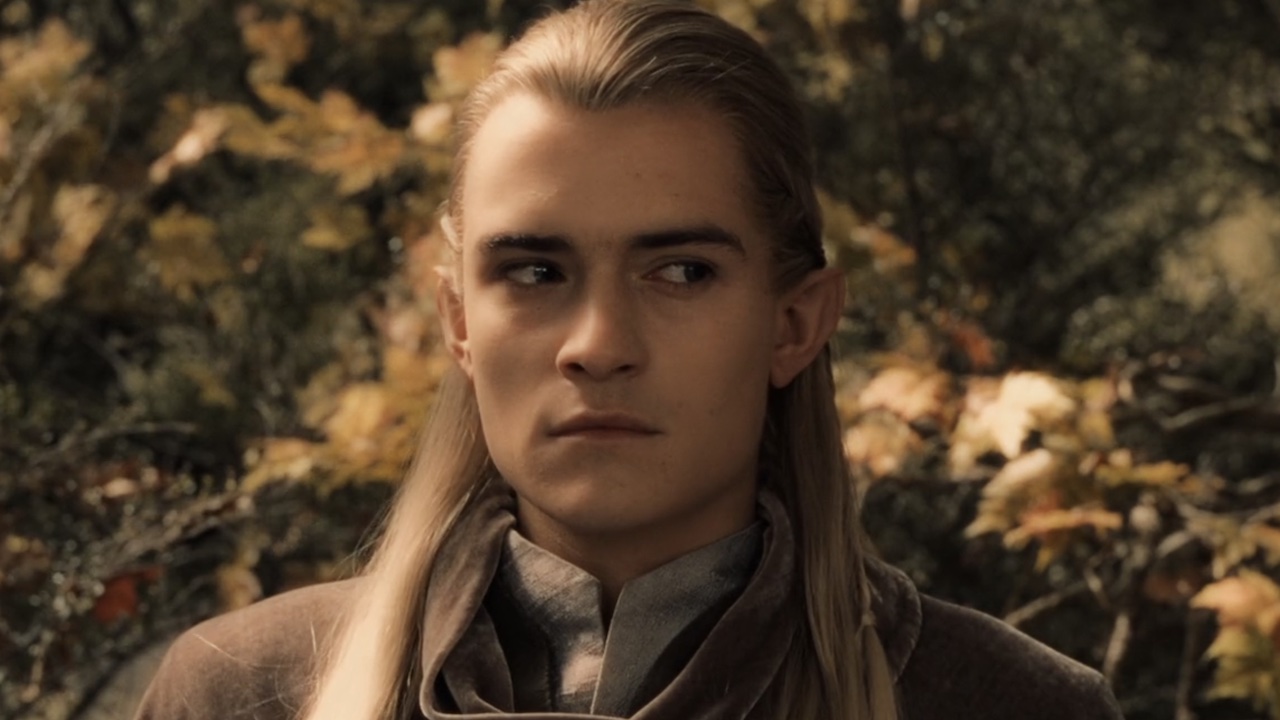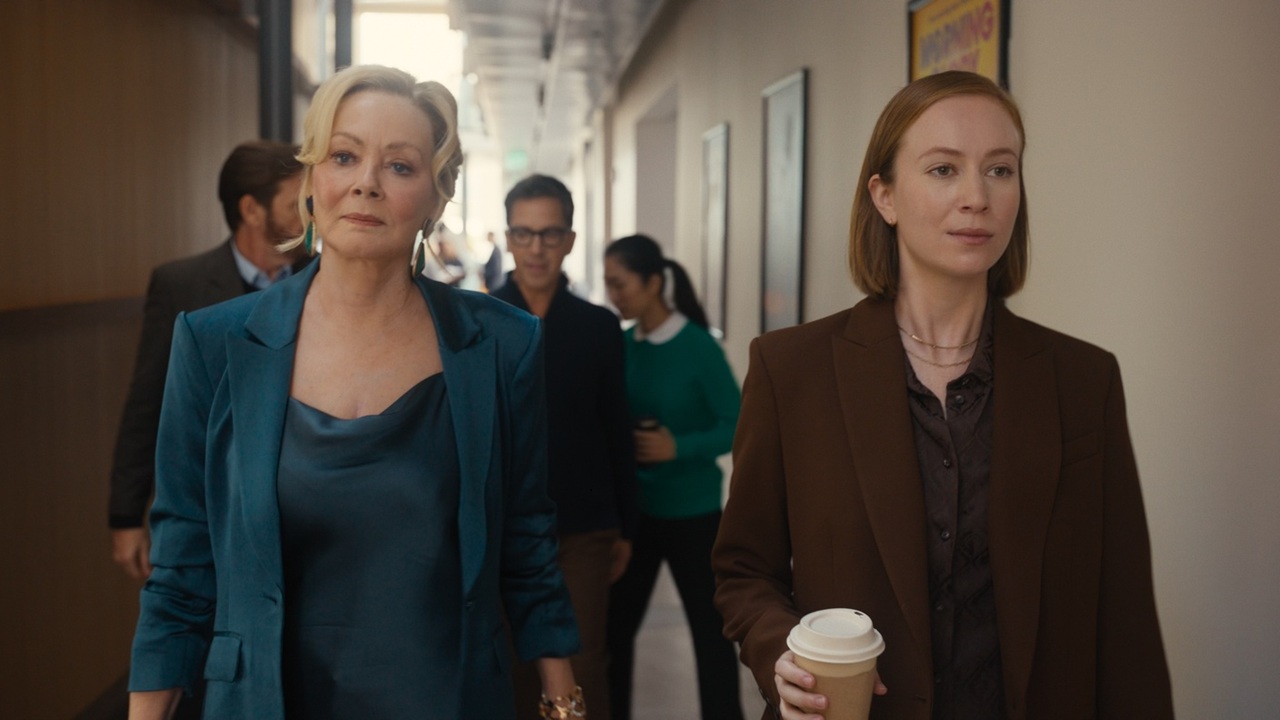What Inside Out Taught Amy Poehler About Her Own Emotions
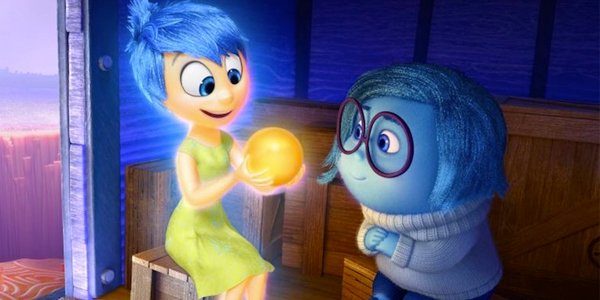
Besides providing colorful personalities, the intriguing emotions of Pixar’s Inside Out have proven to be surprisingly poignant depictions of the human psyche. For Amy Poehler, who voices the always-energetic Joy, the dynamic has actually proven to be inspirational to the array of emotions incited by life.
Appearing at a London press conference to promote the film’s U.K. release, Poehler fielded a question from a CNET reporter asking if her portrayal of the edifying journey of Joy changed her own personal approach to emotions. In a surprisingly potent answer, Poehler reveals that the experience has caused her to mentally picture the very same dynamic that Inside Out depicts within the mind of 11-year-old Riley. According to Poehler:
I think about that quite often when I'm feeling conflicted about which emotions are running the show and I think about [emotions] now in terms of how they look in the film.
Poehler’s mental practice is quite normal, as people do often take amorphous emotions and individuate them into concepts or characters that are graspable enough by the conscious mind that it provides comfort with even just a semblance of understanding. Likewise, the basic premise of Inside Out has taken a concept that has been utilized in numerous outlets, including a defunct Disney Epcot attraction, Cranium Command, and the short-lived early 90’s Fox sitcom, Herman’s Head. However, besides showcasing an aesthetic upgrade, the film, in typical Pixar fashion, put an inventive spin on its traditionally deep moments, depicting internal turmoil while Trojan-Horsing a profound statement about the necessity of emotional balance in our lives.
In that sense, Inside Out, despite being the story of 11-year-old Riley’s dramatically myopic mental journey to accepting the circumstances of her family’s recent move, is, in actuality, the story of how Poehler’s perpetually Pollyannaish Joy comes to terms with the idea that being happy all the time is not only an unrealistic aspiration, but an inherently unhealthy path. Joy spends a great deal of the film attempting to evoke happy memories out of the depressed Riley, while finding herself perplexed about the purpose of the gloomy, sluggish Sadness (Phyllis Smith).
Of course, as the film progresses, Joy eventually comes to the realization that the emotions that Sadness projects onto Riley are actually there to provide a necessary emotional balance. Additionally, she learns that the more evolved form of joy stems from the relief of an initial state of sadness, which also creates empathy in the feelings of others. As Poehler further explains:
It's always a nice reminder that sadness can be your friend, that it can help you. It makes you think about what you're thinking and it also reminds you that you never know what anybody's thinking or going through or feeling. The way someone is acting often isn't the way they're feeling. And that's a good reminder [to have] as a human person in the world.
It was a particularly powerful and serious response from the quick-witted former Parks and Recreation and SNL star. However, it’s also a testament to how Inside Out has successfully accomplished advancing Pixar’s pathological push with its animated epics. In this case, that awesome insight has helped the film hang strong at the box office over a month after its initial release, as it rounds the $500 million mark in global grosses.
CINEMABLEND NEWSLETTER
Your Daily Blend of Entertainment News


